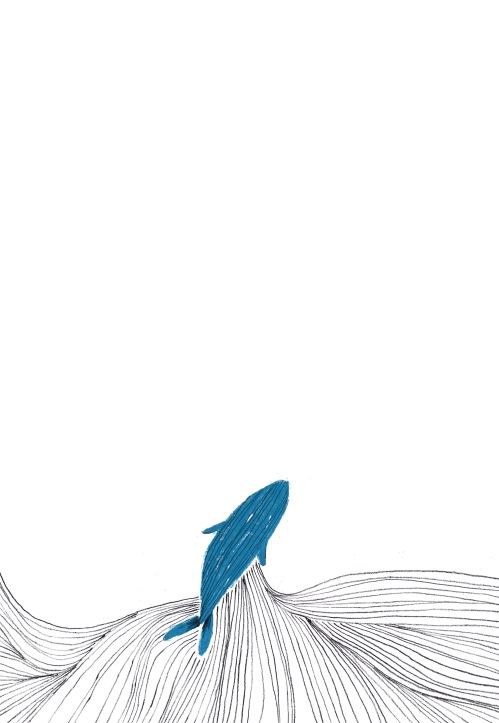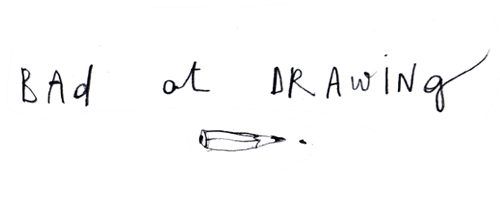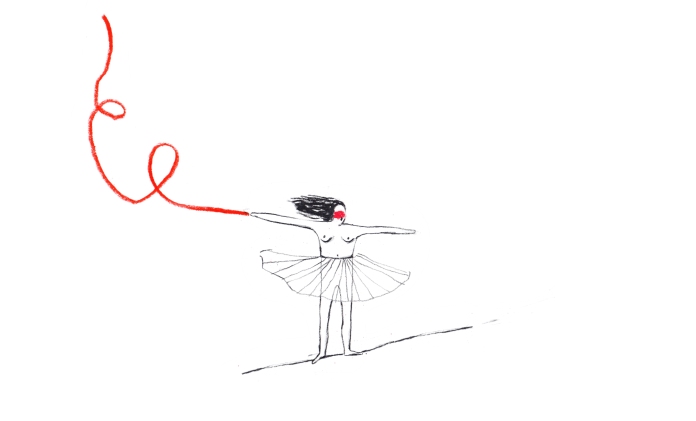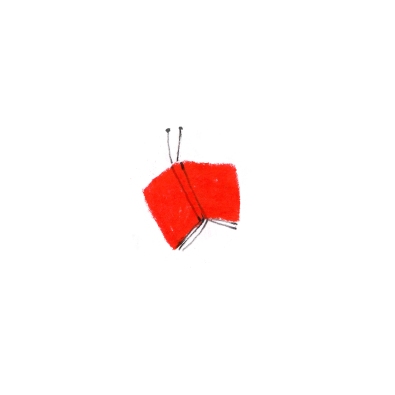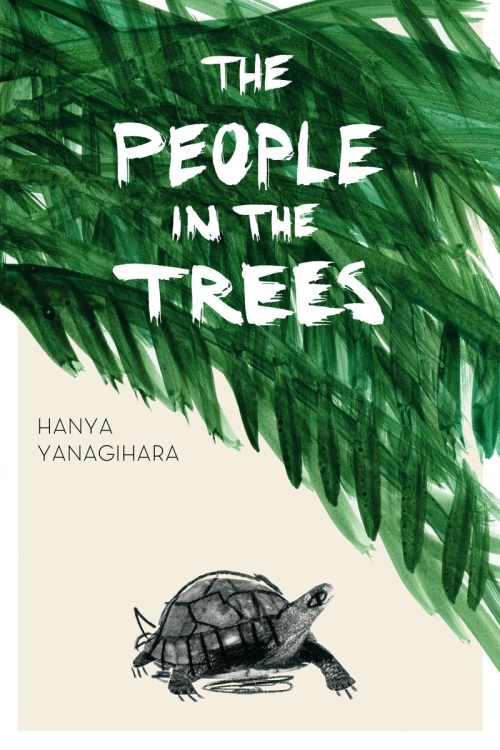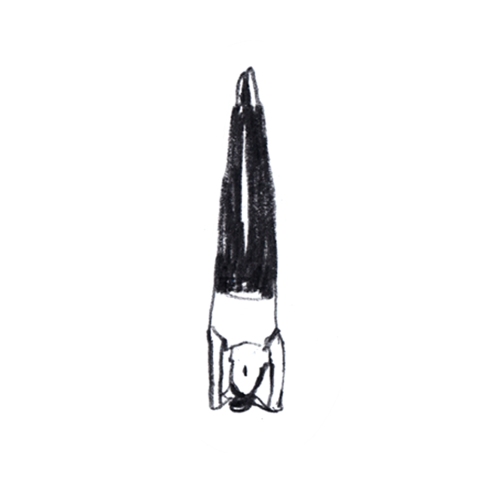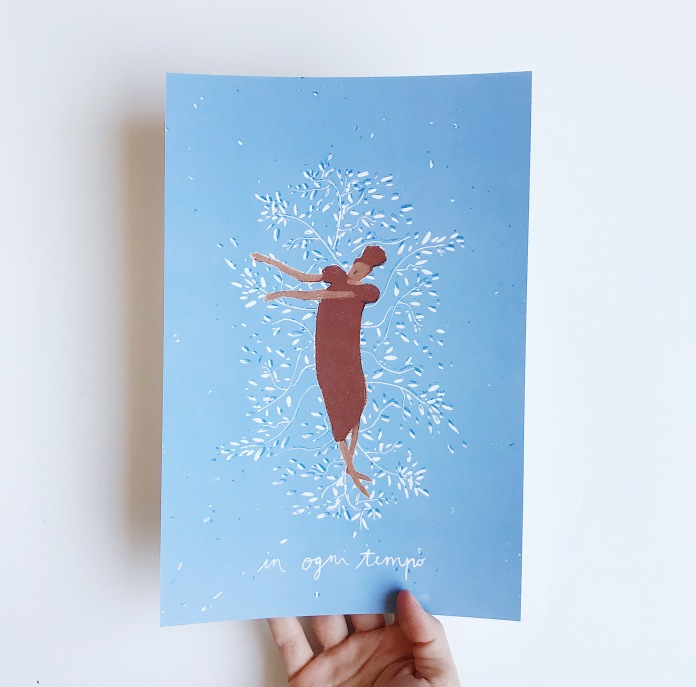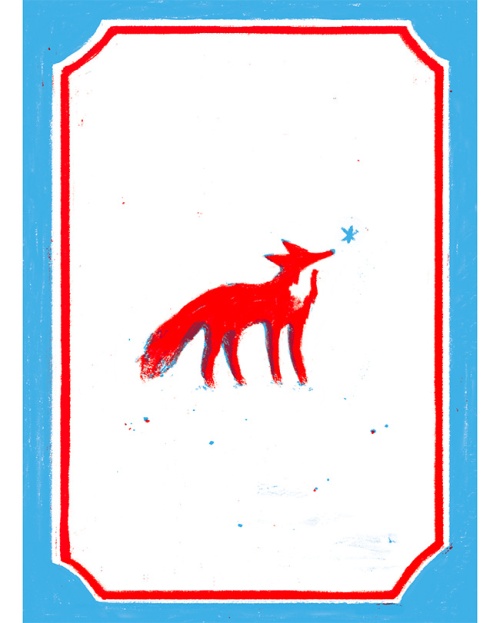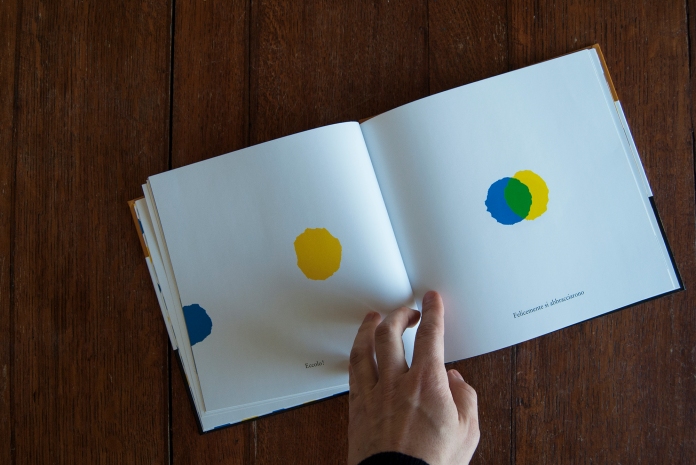When I first thought about writing this post I had another title in mind: “What I would draw if I didn’t have to worry about market and social approval”. Have to. I had written it down not to forget it and it stayed there on the notebook for days on until something sounded suddenly wrong. Have to. Has anyone ever obliged me to worry so much about external approval? Nope. Why do I feel obliged then? It’s because of me, only me.
The idea for the post comes after a disappointment. In the past months, I’ve been working non-stop on my portfolio and on a couple of illustration contests which I had put a lot of hope in. I felt ready to give a boost to my job and I worked hard to achieve the goal: finishing personal projects, creating a book project, updating my website to show it to potential clients. I focused on what, according to my thinkings, could bring me more (and better) work. Sometimes even pushing my style a bit to get a more “marketable” version of my illustrations. Everything was ready by the beginning of February. I sent my emails, published the best things on my Instagram account, and then I waited.

By mid-February, I was still waiting to see the results of my strategy. Neither via email or social network things were moving as I had expected. By the end of February I had received a couple of feedbacks, none of which followed by a commission. I kept waiting – “waiting for Godot” my boyfriend told me one morning – and, in the meanwhile, I tried to do new things. But the less feedback I had the less I felt like drawing for a new project. I desperately needed an external approval and this was not coming. I waited and then I got completely stuck.
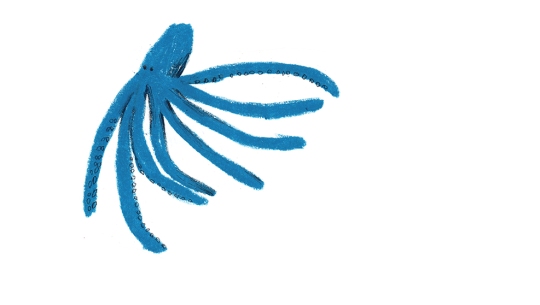
It’s impressing how external approval has the power to change the opinion we have of the things we do – and to give or take away the energy and passion. To even change the opinion we have of ourselves. I wasn’t getting any positive feedback and this made me think that nothing of what I was doing was worth the time and the effort. Even worse, I – the mind and the hand behind these creations – wasn’t worth anything. Day by day the passion I had put into my works drained and the energy left to continue, to improve and make new things almost exhausted. It’s at this point that I took the notebook to write and, after some days, I realized I was the one obliging myself to please others with my work. I was the cause of my own frustration.
I don’t know if caring about external approval is wrong. What I know is that it’s not good. And it doesn’t make any good to us. When I started drawing again without thinking about anyone to please but me, joy and ideas slowly came back. I drew whales and lines, and things that don’t make sense but that helped me get back on track. Now I’m still in the process of recovering but what’s important is that I’m back in my priorities. Here in the post, you see some of the things I actually drew the moment I stopped thinking about market and likes on social media. They appeared on the paper sheet and I felt light and free to do as I pleased.